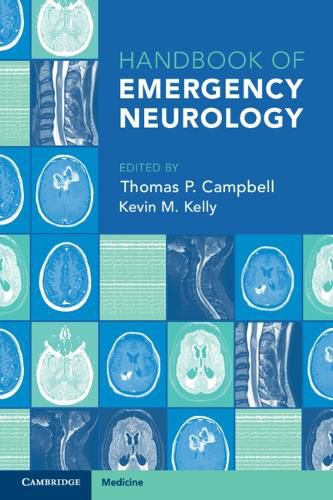Readings Newsletter
Become a Readings Member to make your shopping experience even easier.
Sign in or sign up for free!
You’re not far away from qualifying for FREE standard shipping within Australia
You’ve qualified for FREE standard shipping within Australia
The cart is loading…






Patients with neurologic symptoms are frequently seen in the emergency department and require rapid and thorough evaluation. Appropriate assessment with tailored history-taking, localization of the neurological problem, differential diagnosis, focused testing, and urgent treatment when indicated are essential to prevent patient morbidity. Neurological examination and testing of patients are covered in-depth, along with common neurological presentations using a symptom-based approach, such as coma, dizziness and gait disturbance. Specific neurological disorders are also explored, including traumatic brain injury, ischemic stroke and transient ischemic attack and neurotoxicology. Chapters follow a basic outline, including an introduction and a pearls and pitfalls section, providing a succinct overview and key takeaway points for the busy clinician. This well organized handbook will serve as a concise, valued reference for the clinician to use in assisting the evaluation of the most common neurology related emergency department visits.
$9.00 standard shipping within Australia
FREE standard shipping within Australia for orders over $100.00
Express & International shipping calculated at checkout
Patients with neurologic symptoms are frequently seen in the emergency department and require rapid and thorough evaluation. Appropriate assessment with tailored history-taking, localization of the neurological problem, differential diagnosis, focused testing, and urgent treatment when indicated are essential to prevent patient morbidity. Neurological examination and testing of patients are covered in-depth, along with common neurological presentations using a symptom-based approach, such as coma, dizziness and gait disturbance. Specific neurological disorders are also explored, including traumatic brain injury, ischemic stroke and transient ischemic attack and neurotoxicology. Chapters follow a basic outline, including an introduction and a pearls and pitfalls section, providing a succinct overview and key takeaway points for the busy clinician. This well organized handbook will serve as a concise, valued reference for the clinician to use in assisting the evaluation of the most common neurology related emergency department visits.